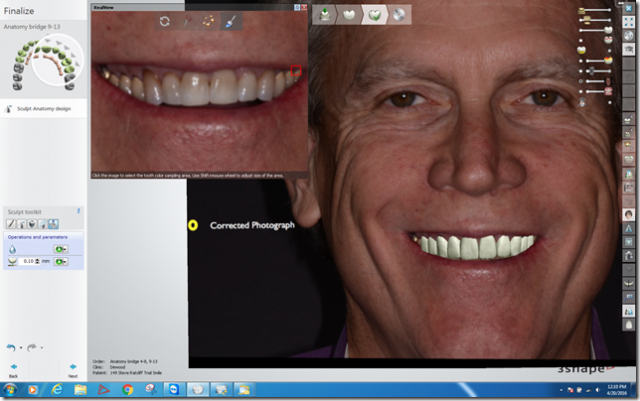What Digital Smile Design Did for Me
I’ve asked a great friend and outstanding clinician, Gary DeWood here at Spear, to redo my aging dentistry for me. It is more than 20 years old, I’ve had some recession and, frankly, the tetracycline stain is getting to me. My teeth are just not looking like I want them to look.
I admit this is pure vanity. With some equilibration and perhaps replacing a couple of crowns, I could go for another 10 years with nothing being done. Maybe longer.
However, I see pictures of myself regularly and I’m tired of seeing the flashes of gold onlays and the green cervicals. I keep noticing that one central is shorter than the other. I’ve had some recession on my upper anteriors, and I don’t like the margins showing on the older upper posterior crowns. Shoot, I’ll just say it … I want to look younger.
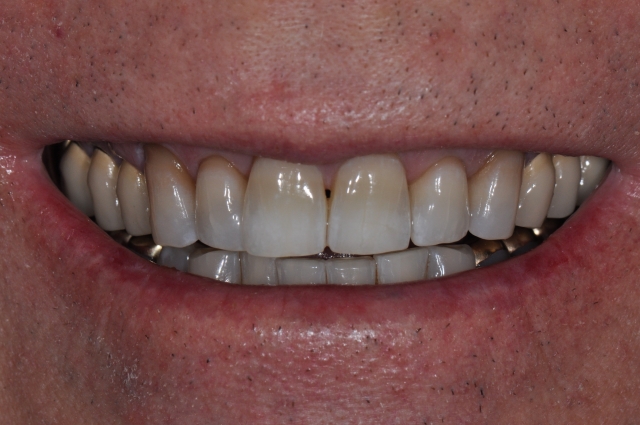
However, getting what I want means prepping my anterior teeth. That makes my belly squeeze more than a little. I mean … this is flippin’ permanent! And these are my front teeth!
I have been dawdling on moving forward. Dr. DeWood has shown me the drawings using our Spear templates, and it looks good to me — at least as far as a two-dimensional image can look. And I really want this done. At least, I think I want it done. I mean maybe I want it done. Or maybe it can just wait a little longer until …
I bet almost everyone reading this has had a patient go through the same thing. I just wasn’t sure I wanted it bad enough to have Gary spin down the fronts of my anterior teeth.
We did the workup and even had my ceramist, Matt Roberts, do a wax-up. I saw that, too. It looked really awesome! And still I didn’t move forward. I would bleach every once in a while, but I was still holding back.
Matt has been doing digital smile design for a long time. He pushes the limits of design software and continues to innovate and find new ways to help his clients and their patients. He has asked me for a couple of years when I will complete this project.
Recently he has been using digital design to convert the templates we use here into a 3D prototype for the patient to be able to visualize a final result. It is similar to creating a composite overlay by laying a strip of triad and shaping it to resemble a final result.
The benefit of Matt doing it for me is just that — he can do it for me and I can use the 60 to 90 minutes it would take me to do my own overlay for something else. Additionally, he has the capacity to mill PMMA to 0.1 mm thicknesses. One of the challenges of doing that is that when it’s polished, it can break easily. If that happens, it usually means luting the pieces back together or starting over. Selfishly, I would rather that be his issue than mine.
Finally, he can design some surface morphology in his process and the template simply looks better than what I can create. Don’t get me wrong: If you love doing that kind of lab work, you should. I don’t; I would rather spend my time in more direct contact with my patients.
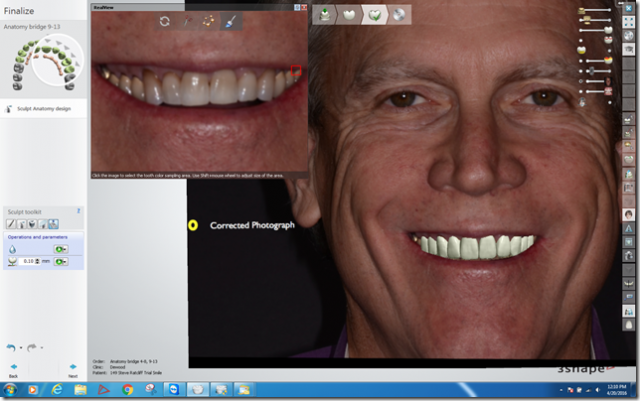
Matt took Gary’s design from his PowerPoint slides and imported it into his software. He then did the design of my case. When I looked at this, I had the same reaction as I did when Gary showed me his workup: That’s great … I think.
Then he took it to the design phase and he, Gary and I went online in an app called TeamViewer and discussed the design together. Then things started to get more real for me. I didn’t want a perfectly aligned “bold look of Kohler” smile. I wanted it to look like me before I wore my teeth down, and I wanted to get rid of the green cervicals.
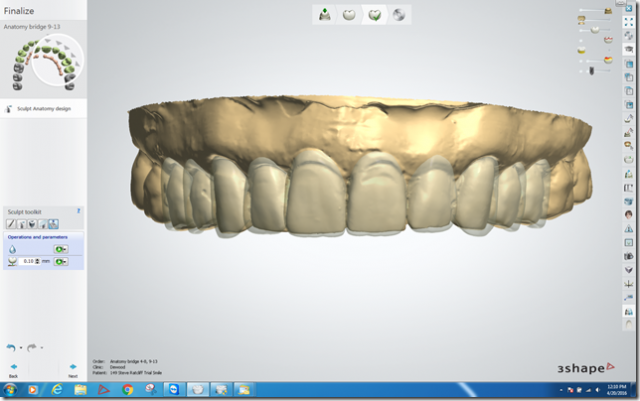
I realized that I wanted some root coverage in the areas of recession and some crown lengthening to even out my gingival levels. These are all things Gary and I talked about, but seeing the design take place in three dimensions was a different experience for me. I always got the ideas intellectually, but I needed an emotional connection to make my decision.
Matt took this design and then milled an overlay, which admittedly, in a case like mine, resulted in teeth slightly larger and a little more bulky than the final case. However, Gary could still slip it into my mouth so I could have a 3D image of what the final result could be.
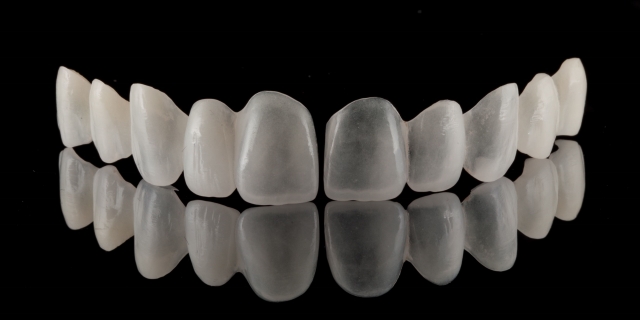
We tried it in and I was not prepared for what I saw. It was the moment we all have experience with a patient who was delighted with the final result. I couldn’t stop looking in the mirror and, in that instant, I was ready to move forward. Yes, it doesn’t look like the final result and there are some changes I can request — that’s the beauty of a prototype. But that didn’t matter to me. What mattered was that this became real for me.
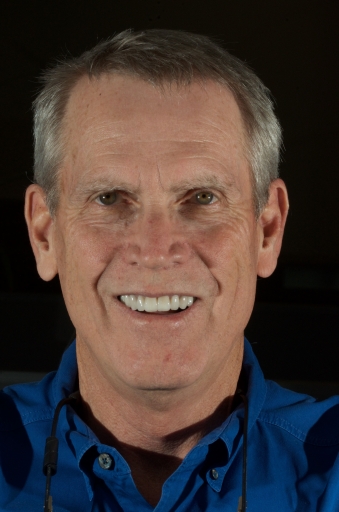
I think this is an incredible tool for those patients who just can’t seem to pull the trigger. People want to know what they will look like, and this is a fast and elegant way to help. It won’t work in every case; for example, if there needs to be a lot of tooth reduction, overlays may not be a great help. For many cases, though, it can significantly improve your case acceptance.
Matt is happy to talk to people about how to do this in their practice. You can reach him at matrob@ida.net. He continues to help me be a better dentist and is a key person in my interdisciplinary team.
FOUNDATIONS MEMBERSHIP
New Dentist?
This Program Is Just for You!
Spear’s Foundations membership is specifically for dentists in their first 0–5 years of practice. For less than you charge for one crown, get a full year of training that applies to your daily work, including guidance from trusted faculty and support from a community of peers — all for only $599 a year.

By: Steve Ratcliff
Date: June 27, 2016
Featured Digest articles
Insights and advice from Spear Faculty and industry experts
